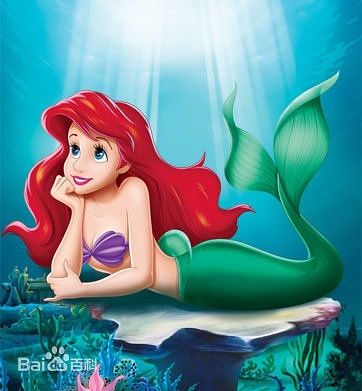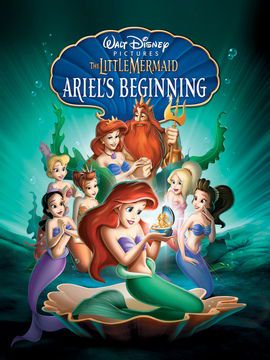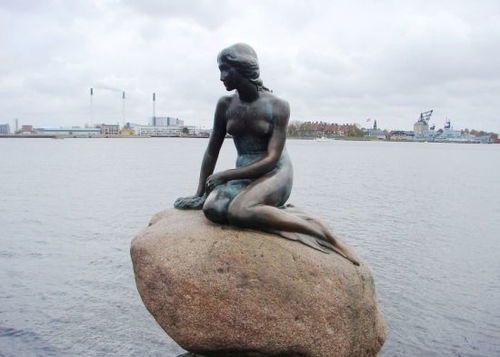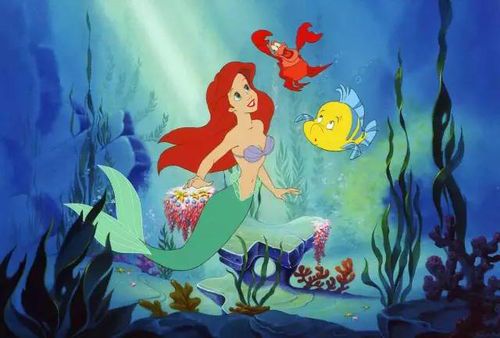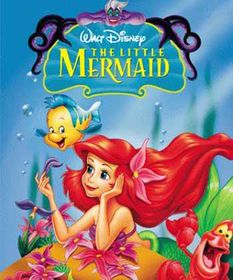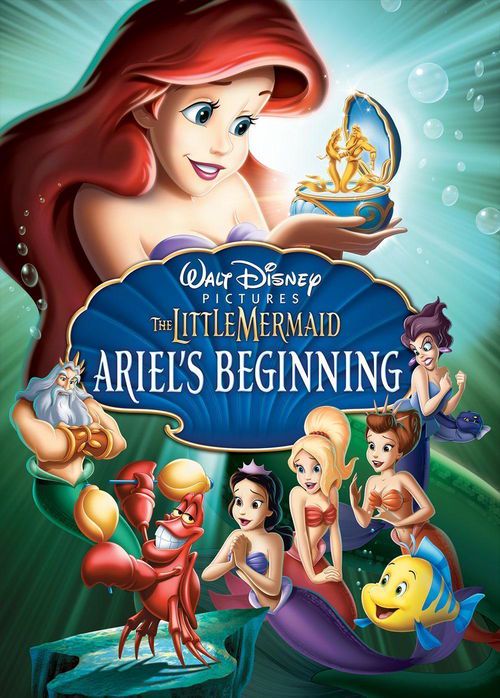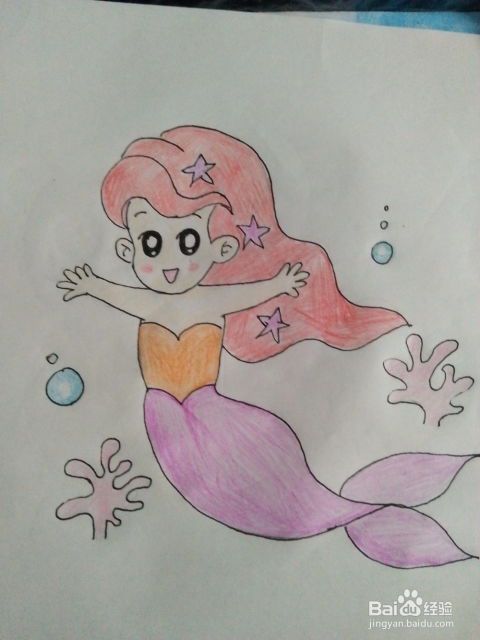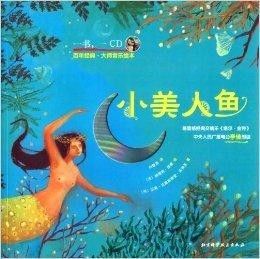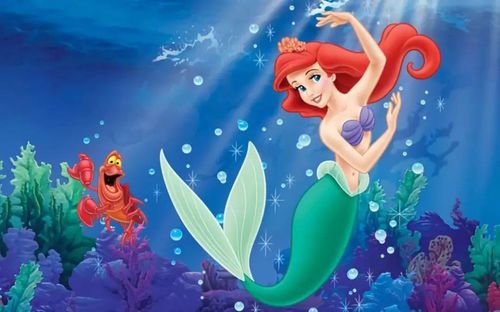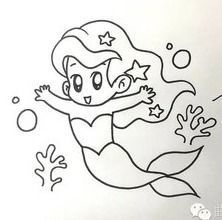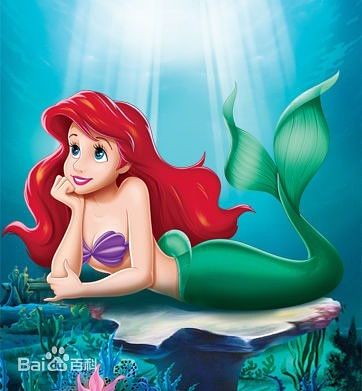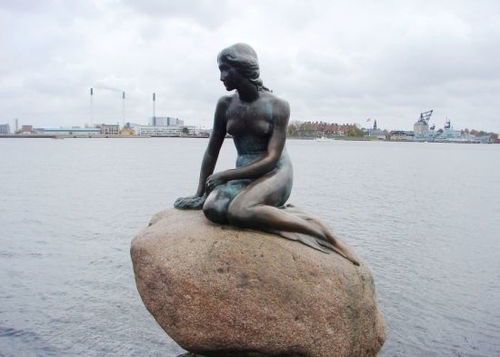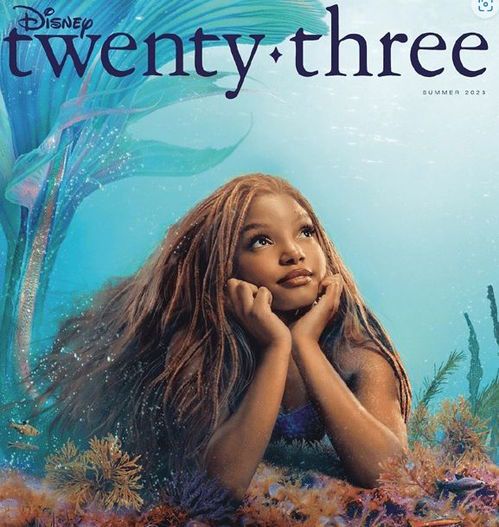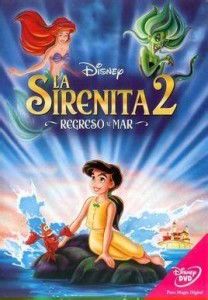Few fairy tales have captured the imagination as enduringly as "The Little Mermaid." Originally penned by Hans Christian Andersen in 1837, this poignant story of love, sacrifice, and transformation has transcended cultures and languages. The English version, whether in its literary form or Disney’s animated adaptation, continues to resonate with audiences worldwide.
The original tale delves deeper into themes of existential longing and spiritual redemption than its popularized counterparts. Andersen’s mermaid protagonist yearns not just for a prince’s love but also for an immortal soul—a nuance often overshadowed by romanticized retellings. The English translation preserves these philosophical undertones, making it a rich text for literary analysis.
Disney’s 1989 musical interpretation revolutionized animated storytelling while simplifying the narrative. Songs like "Part of Your World" and "Under the Sea" became cultural touchstones, embedding the English-language version in global pop consciousness. This adaptation sparked debates about fidelity to source material versus creative reinvention.
Academic circles frequently examine the story’s metaphorical layers through English critical essays. Feminist readings explore agency and voicelessness, while ecological interpretations view the sea-air divide as an environmental allegory. The tale’s bilingual legacy—from Danish original to English translations—offers fascinating comparative study opportunities.
Modern retellings continue to emerge, from Broadway revisions to dystopian YA novels, all engaging with the core motifs through English prose. The mermaid’s journey remains a versatile framework for examining identity, belonging, and the cost of dreams—themes that transcend any single language but find particular eloquence in English retellings.
